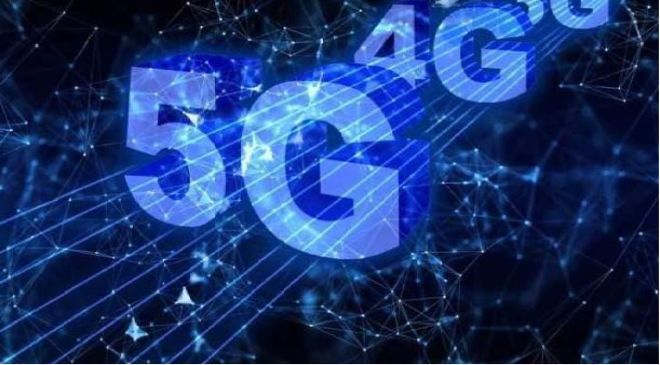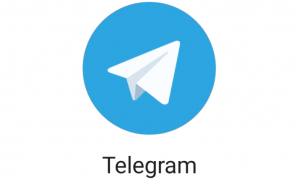The 5G rollout in India started around a year ago, right after the opening of India Mobile Congress (IMC) 2022 where Airtel and Jio announced their 5G plans. A year later, as IMC kicks off again, and Prime Minister Narender Modi talks of 5G speeds, it’s time to take a look back and see where we are on this next-generation mobile network. The sight, sadly, isn’t all that pretty. Sure, Indian mobile phone users — at least those who are using either Airtel or Jio — can see the 5G mark on their phones in most Indian cities. But can they use and experience 5G the way it has been promised? No. So far, the 5G rollout in India has been a disaster for users.
Read More: Elon Musk’s X Launches 2 New Premium Subscription Plans: All Details
Disaster! Big word. But I have my reasons, based on my shoddy experience with 5G on multiple phones. And I believe that by the time I am done sharing these reasons with you, chances are that you will agree with me.
Here’s the thing, while 5G is the buzzword in the country, and the speed test results have been a great source of boast for the network providers, the truth is that 5G’s real-world accessibility in India remains limited. The reality beyond the speed tests is very different.
If you have been using a 5G network, you will know, that somehow, since the rollout of 5G, the networks ironically are slower and patchier as compared to how they were a year ago. Personally, as an early adopter of 5G, I have experienced a lot more call drops and network vacuums ever since the 5G rollout began in full force in the country.
I live in Noida, and very often travel across Delhi NCR, and my phone is constantly switching between 4G and 5G networks, which I think makes for a more unstable network compared to older days when we were just getting the 4G. This is because when 4G was available, only 4G was available. There was no constant, minute-by-minute, switching between this network and that. Unfortunately, nowadays I see that my phone is always doing this tap-dancing on the network. One minute it is on 5G, next it switches to 4G because 5G is just not stable enough. The result — there are many call drops, probably every time there is a switch. Or the browsing stops midway and so do downloads.
The network is especially bad in larger buildings, like offices, or crowded areas. Recently, during Durga Puja, I went pandal hopping on Mandir Marg and getting a decent enough network to even place calls became a struggle.
The issue of range
It’s all in the technology. While 5G offers incredible speed and low latency, it struggles with coverage over longer distances. 5G doesn’t have the same range as 4G because the signal produced by higher bands is always weaker. Trees and buildings can obstruct the 5G network’s frequency.
The higher frequency bands used in 5G, such as millimetre waves or mmWaves, have a limited range and are more easily obstructed by obstacles like buildings and trees. This means that to achieve comprehensive coverage, many more small cell towers are required, often positioned much closer together. Further, rural and remote regions may experience limited 5G access due to these range limitations, exacerbating the digital divide.
Read More: iOS 17.2 Beta 1 has been released; Know what’s coming – Journal app, iMessage sticker reaction, more
Too expensive? Maybe
If I try to analyse my 5G experience — and do understand that I am not a network engineer but someone who has some interest in tech — I feel the major issue with the 5G network that we are currently getting is the coverage.
And the coverage is poor and patchy because 5G — which is a more finicky albeit faster network — is probably more difficult and expensive to get right.
As I said, 5G requires many more small cell towers and dedicated equipment to overcome its limitations around the coverage area, as well as to better deal with obstructions. If you look at technology, 2G is slow but provides a really big coverage area. 3G is faster but has more limited coverage compared to 2G. 4G is the same in comparison to 3G. And then we have 5G. This we also see in Wi-Fi, where the lower frequencies such as 2.4GHz are slower but offer better coverage in a room compared to 5GHz that have faster throughput but poorer coverage.
In other words, 5G probably requires telecom companies to spend more on installing dedicated towers and components that can power this network. And, so far, we don’t have enough of the dedicated infrastructure, because in their rush to rollout 5G, Airtel and Jio are probably using infrastructure that is still a work in progress.
This is the reason why, in large buildings or when there is a large group of users packed in a small area, 5G is often patchy. This is also the reason why my calls during the Pandal hopping (I mentioned above) failed. Or this is probably the reason why our phones keep doing the to and fro between 4G and 5G.
I think a way telecom companies can minimise the issue — other than improving their 5G network coverage and capabilities — is by designating 5G or 4G areas. In other words, where Airtel and Jio can confidently offer good 5G coverage, they should only offer 5G. No 4G available at all. And where they aren’t sure about 5G, they should ONLY provide a 4G network. This will at least bring some much-needed stability to the network.
Read More: Apple’s Mac Launch Event On Oct 31: How To Watch Live Stream and What To Expect
Now, whether they can do this or not is not something I can answer. Probably they can. Or probably they cannot, because they are using the same hardware and infrastructure to offer 5G and 4G simultaneously. Irrespective, what I do know is that my experience with 5G has been bad. Yes, when I run speed tests and when I am not moving, 5G speed is great. But on days, even when I am just taking a walk, my calls on 5G keep dropping. The same is true with speed. In real-world use, beyond the speed tests, I can never be certain of network speeds with 5G in the way I was when only 4G network was available on my phone.





































